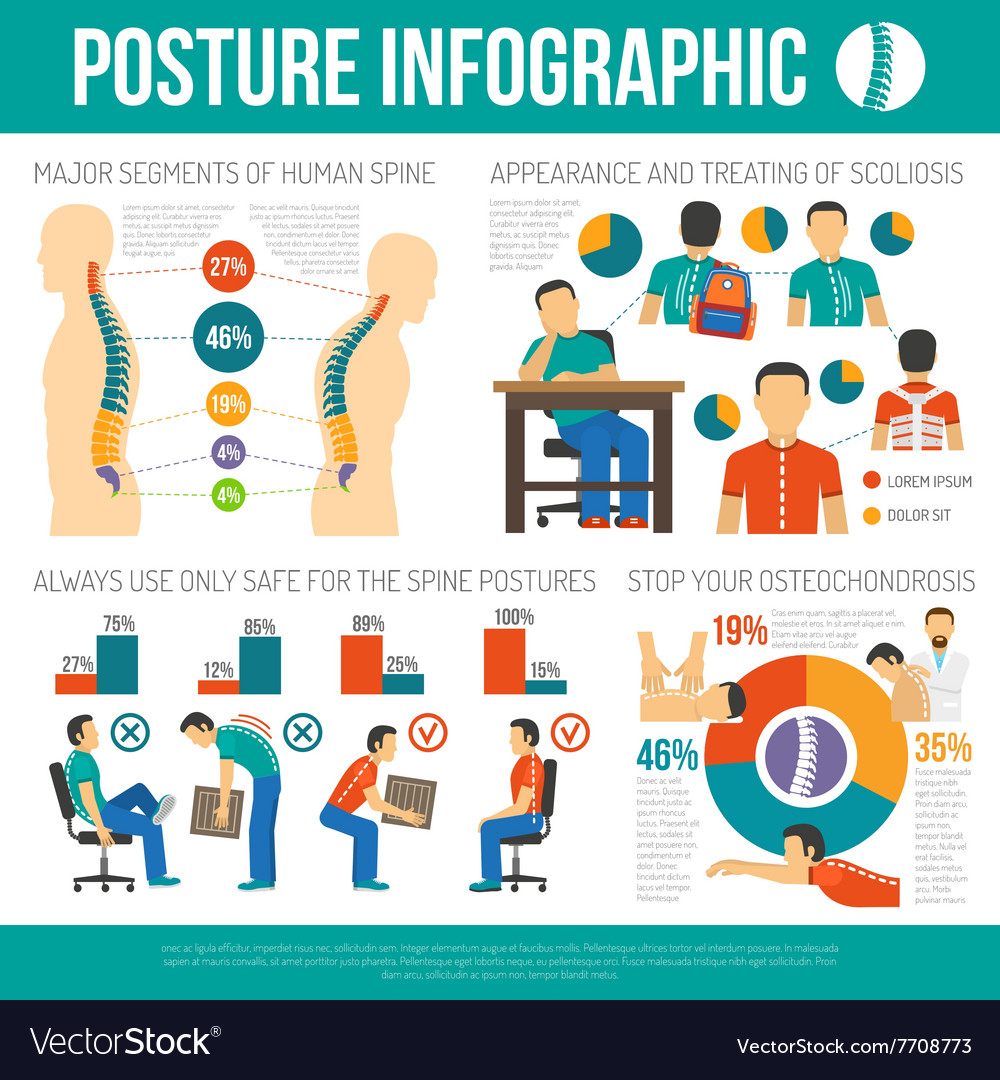Uncover The One-Of-A-Kind Benefits Of Acupuncture As We Evaluate It In Connection With Acquainted Discomfort Management Strategies. What Shocking Aspects Might You Reveal?
Uncover The One-Of-A-Kind Benefits Of Acupuncture As We Evaluate It In Connection With Acquainted Discomfort Management Strategies. What Shocking Aspects Might You Reveal?
Blog Article
mouse click the next document -Cohen Bullard
When you consider pain monitoring alternatives, you may find yourself evaluating the advantages and disadvantages of numerous methods, including acupuncture, over the counter medications, and physical therapy. While several approaches offer relief, they typically come with their own set of challenges, like negative effects or prolonged treatment times. Acupuncture attracts attention for its special ability to promote self-regulation with less risks. Yet exactly how does its efficiency compare to more standard methods? The subtleties of these strategies can substantially affect your selections, and discovering them even more might bring about unusual understandings.
Overview of Pain Administration Techniques
When it involves handling discomfort, you have a selection of strategies available. These techniques can vary from conventional strategies to much more alternate therapies. Understanding your choices is critical in finding what works best for you.
One common technique is non-prescription medications like advil or acetaminophen, which can offer fast relief for light to modest pain. Prescription medicines, consisting of opioids, could be needed for more severe pain, though they include risks of dependence and negative effects.
Physical treatment is another effective strategy, concentrating on exercises and stretches to reinforce muscular tissues and boost wheelchair. This method often helps in taking care of persistent pain conditions.
Additionally, some individuals turn to more holistic choices, such as massage therapy, which can ease tension and enhance blood circulation.
Mind-body strategies, like mindfulness reflection or yoga exercise, help you handle discomfort by reducing anxiety and improving your mental strength.
Last but not least, way of living modifications, such as maintaining a healthy and balanced diet plan and regular workout, can play a vital role in general discomfort management. Each technique has its benefits and drawbacks, so it's necessary to explore what matches your needs and preferences best.
Perks of Acupuncture
Acupuncture supplies a distinct approach to pain management that stands out among numerous methods. By tightness in lower back on your body, it promotes the flow of power, or "qi," promoting all-natural recovery and lowering discomfort.
Among the biggest advantages is its very little side effects. Unlike some medicines, which can cause dependency or undesirable health concerns, acupuncture is a holistic therapy that motivates your body's self-regulation.
You'll likely find that acupuncture sessions can help soothe persistent discomfort, migraines, and even tension. Lots of people experience a feeling of relaxation and wellness throughout and after treatment, which can boost general quality of life.
And also, it's a flexible option; it can be utilized together with other therapies, making it a wonderful enhance to your existing discomfort management plan.
One more considerable benefit is that acupuncture can be tailored to your details demands. Your specialist will assess your problem and establish a tailored treatment strategy, guaranteeing you get the treatment that finest supports your recuperation.
With visit the up coming webpage and expanding acceptance in modern-day medicine, acupuncture stands apart as a compelling option for discomfort relief.
Comparing Performance and Results
Discomfort management techniques differ extensively in their performance and end results, making it vital to recognize just how they compare to each other. When thinking about options like acupuncture, physical treatment, and medicine, you'll discover distinct differences in how each approach addresses pain.
Acupuncture, for example, often gives alleviation for persistent discomfort problems, with research studies showing substantial improvements hurting degrees for several people.
In contrast, medicines like opioids can properly handle sharp pain yet lug threats of reliance and negative effects.
Physical treatment concentrates on recovery and may take longer to reveal results, which can be frustrating if you require instant alleviation.
When evaluating these strategies, think about your specific pain kind and your personal health and wellness objectives. Some individuals find that a mix of approaches works best for them.
As an example, you may take advantage of acupuncture sessions along with physical treatment to take full advantage of healing.
Inevitably, recognizing the performance and outcomes of each approach will help you make informed decisions about your discomfort management approach, enabling you to choose the method that best matches your demands and way of life.
Final thought
In recap, acupuncture attracts attention as a useful option to standard discomfort management methods. It provides fast alleviation and cultivates self-regulation without the threats of reliance connected with medications. While physical therapy could demand even more time for outcomes, acupuncture can give immediate advantages, making it an enticing choice for those looking for remedy for persistent pain and anxiety. By integrating acupuncture into your discomfort administration plan, you can boost your general health and reclaim control over your wellness.
